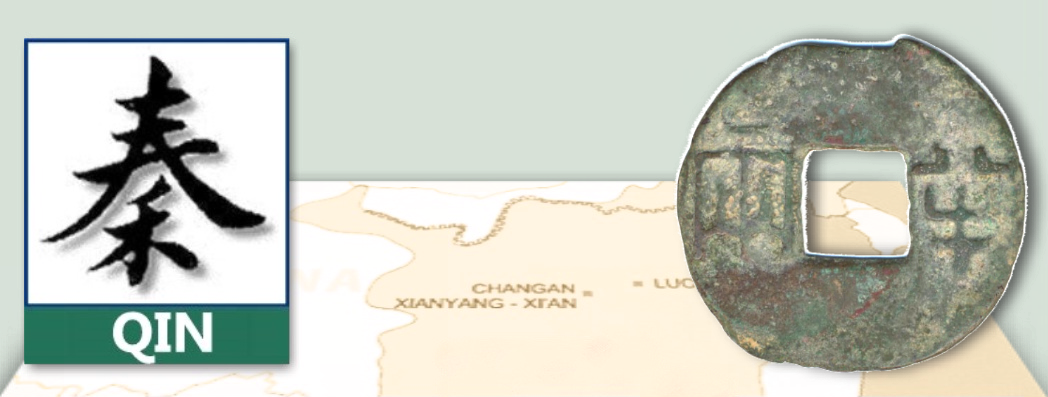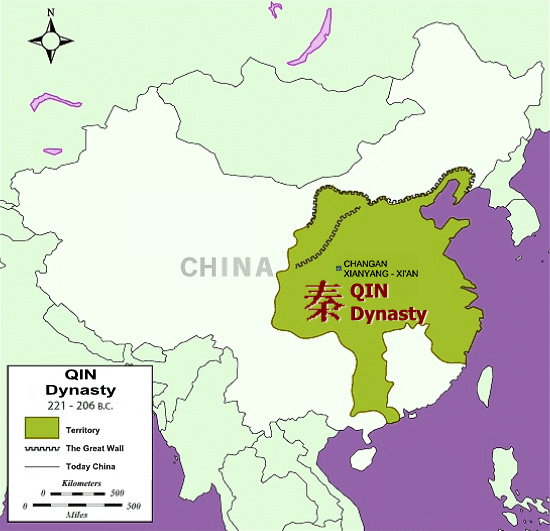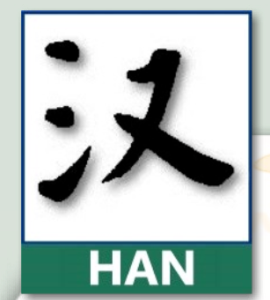221 - 206 BC: Qin Dynasty

Image above - "Ban Liang" coin (half liang)
Qin Dynasty (221-206 BC)
At the end of an era of turmoil (Period of Spring and Autumn) and in-fighting among four main kingdoms of China (Warring States), which lasted for three centuries, emerges Qin Shi Huang, the first emperor of the Qin Dynasty in 221 BC.
The Qin unified the Middle Kingdom, by setting up a central government that supported the feudal structure, standardizing the Chinese language, building a number of major roads and public transit in order to ease the movements of the vast military empire, and by reforming the currency, weights and measures.
The Qin Dynasty lasted only 15 years, but during this short period major works emerged, such as the beginning of the Great Wall, and the tomb of Qin Shi Huang, the recently found famed Terracotta Army in Lintong, near the capital Xianyang, Xi'an, Shaanxiprovince.
This dynasty also supported the development of the ceramic industry, but the masterpiece of the Qin dynasty is the aforementioned 6,000 life-size terracotta soldiers and horses, buried in the tomb of Qin Shi Huang, to guard the emperor.



